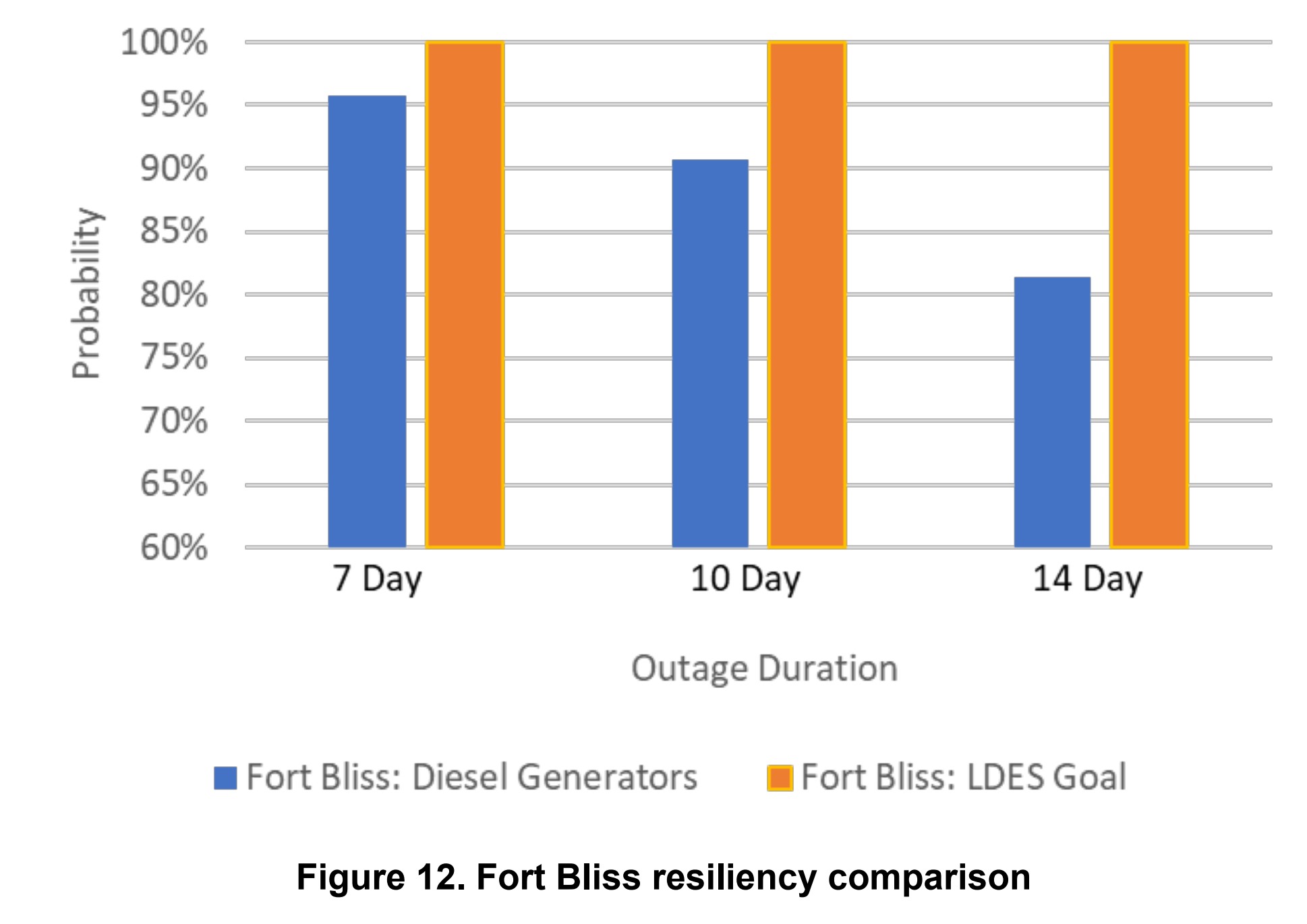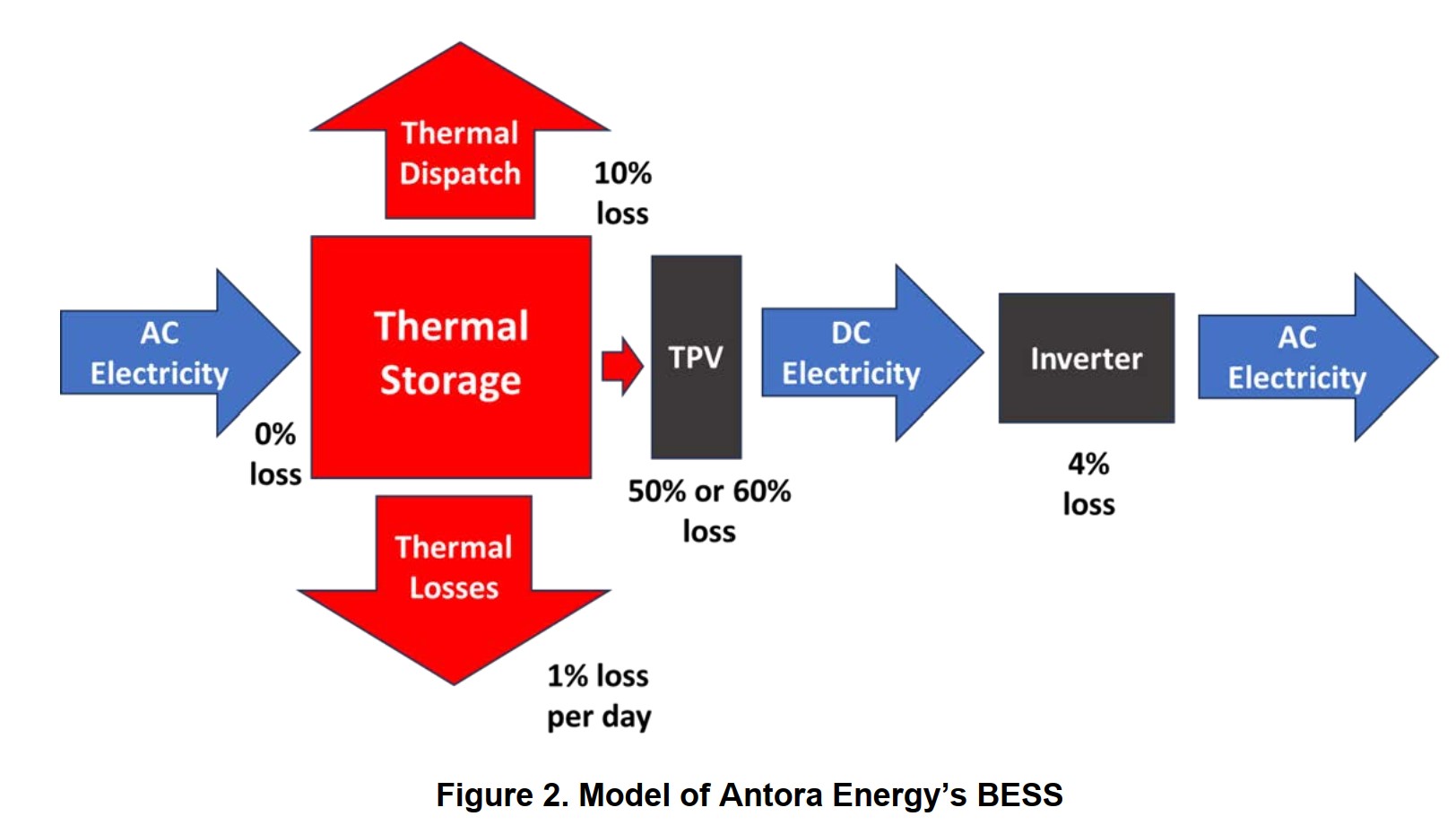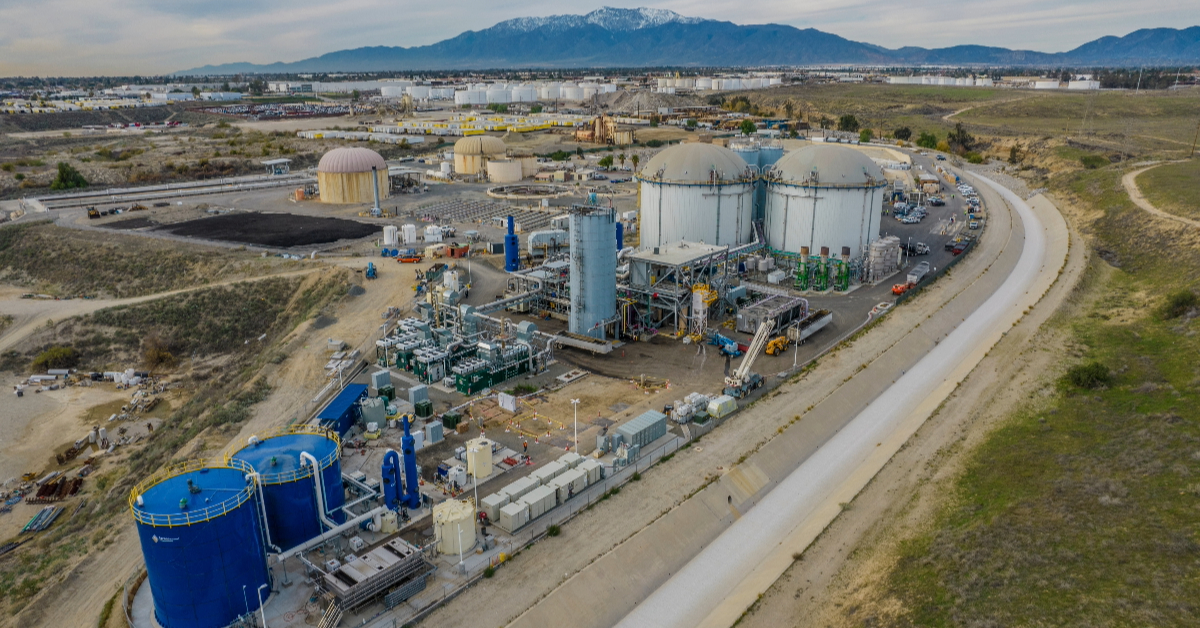Analysis by the U.S. Department of Energy’s National Renewable Energy Laboratory (NREL) demonstrated that solar energy systems, when paired with up to 100 hour long duration energy storage (LDES), outperform military grade emergency diesel generators (EDGs) in both survivability and financial viability in military applications over a fourteen day window.
Historical data comparing the failure rates of EDGs to solar plus LDES technologies demonstrates that, over a 14-day standard military uptime evaluation, solar plus LDES’ survivability probability exceeds 95%, while the diesel generators’ survivability hovers around 80%.

The study also suggests that a more strategically sized solar-plus-storage system could achieve nearly perfect reliability, with uptime approaching 100% over a two-week period. NREL differentiates between the 95%+ ‘Intermediate’ Battery Energy Storage System (BESS), which is currently available for field testing and provides a 38% round-trip efficiency, while the 100% ‘Goal’ BESS, still in the conceptual phase, is expected to provide a 48% round-trip efficiency and cut the energy storage system costs in half. However, since the ‘Goal’ BESS is currently under development, future costs may deviate from these projections.
The analysis also found that the Intermediate solar-plus-storage projects had a positive net present value, meaning that they paid for themselves over the long term. The same could not be said for the EDGs. The theoretical Goal BESS sized projects with 100% uptime over the 14 day window were projected to have a net present value positive over their lifetimes.

NREL presented these findings in the report titled Long-Duration Energy Storage: Resiliency for Military Installations.
Upon release of the report, Michael McGhee, acting deputy assistant secretary of defense for environment & energy resilience at Department of Defense (DOD), emphasized the significance of the NREL evaluation:
Important work by NREL to evaluate LDES, coupled with solar PV (the most likely way to easily and simply generate power without the need for off-base supply chains), to help extend availability of military capabilities at our fixed installations for critical electrical loads. 14 days is our minimum DoD requirement for energy assurance for those needs.
The product modeled is Antora’s heat energy to thermophotovoltaics BESS. Electricity is used to heat up the storage medium and is later absorbed by thermophotovoltaics panels into electricity, through the usual inverter and grid connection steps. A distinct advantage of this system is the electrical separation of the storage and generation segments, allowing rapid charging from the grid or local solar without affecting thermal PV output.

Currently, Antora’s BESS, with a Technology Readiness Level (TRL) of 7, is in beta field testing. NREL’s analysis provides compelling evidence for the DOD to expand field trials on military installations.
Survivability
The study identifies three primary risks for DOD’s EDGs: Failure to start, availability and mean time to failure. It estimates a 0.94% failure-to-start rate, 99.5% availability and 1,100 hours mean time to failure. Diesel system resiliency rates at 70% and 80% over 14 days, assuming a continuous fuel supply, a significant logistical challenge because bases rarely stockpile two weeks’ worth of diesel.
NREL assessed EDGs across three military sites, considering the critical load responsibilities of eight EDGs at Fort Bliss, seven at Patuxent River and four at Holloman AFB. The systems have a responsibility of meeting the site’s critical loads. Across the three sites critical loads were 18.5%, 23.5%, and 37.5% of the military base’s total electrical demand.

For the two-week period, the analysis suggests that operational solar-plus-storage systems during grid outages have a more than 99% probability of continuing to run post-incident, significantly outpacing the diesel generators.
The report recognizes space constraints as a primary limitation for solar on bases, calculating six acres per megawatt of panels. At the Patuxent River naval air station, where land is scarce, upsizing energy storage is a costly necessity, making it more challenging for the energy storage system to cover its costs in the long term. However, most bases do have sufficient space to increase the size of their solar installations.
For this reason, the report also analyzed hybrid systems that combined the solar with the EDGs, finding that in specific instances the results were very strong for survivability. However, the operations and maintenance for these multi-technology systems do pose additional risk and increased costs.
Multiple military branches are already testing long-duration energy storage solutions. For example, a multi-megawatt Cellcube facility, (image featured at the beginning of this article), is under evaluation by the Navy & Marine Corps. Concurrently, the Air Force is examining Redflow’s megawatt-scale zinc-bromine flow battery and control system. This advanced storage equipment, coupled with microgrid software, aims to create a cohesive system at the Air Force base. According to the DOD, Redflow’s solution will enable “a dispatchable solar–plus-storage resource for peak shaving and energy resilience.”
This content is protected by copyright and may not be reused. If you want to cooperate with us and would like to reuse some of our content, please contact: editors@pv-magazine.com.








By submitting this form you agree to pv magazine using your data for the purposes of publishing your comment.
Your personal data will only be disclosed or otherwise transmitted to third parties for the purposes of spam filtering or if this is necessary for technical maintenance of the website. Any other transfer to third parties will not take place unless this is justified on the basis of applicable data protection regulations or if pv magazine is legally obliged to do so.
You may revoke this consent at any time with effect for the future, in which case your personal data will be deleted immediately. Otherwise, your data will be deleted if pv magazine has processed your request or the purpose of data storage is fulfilled.
Further information on data privacy can be found in our Data Protection Policy.